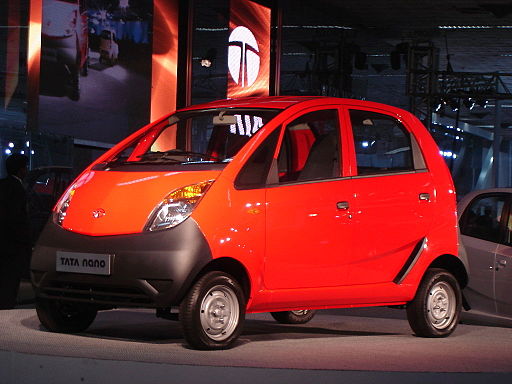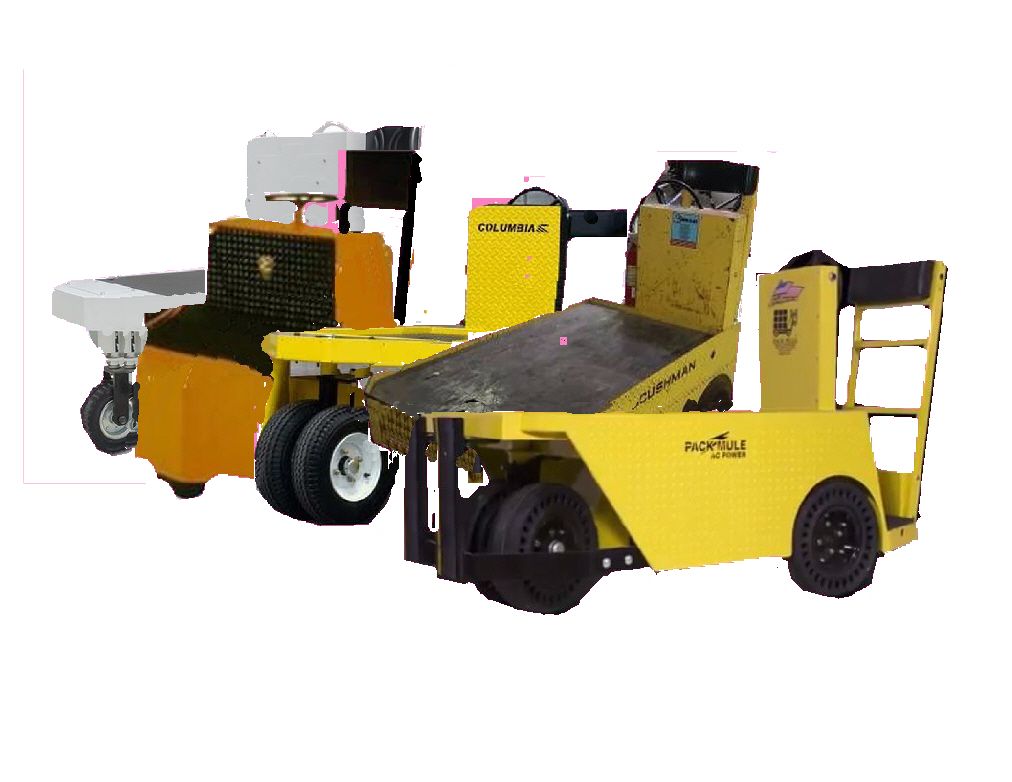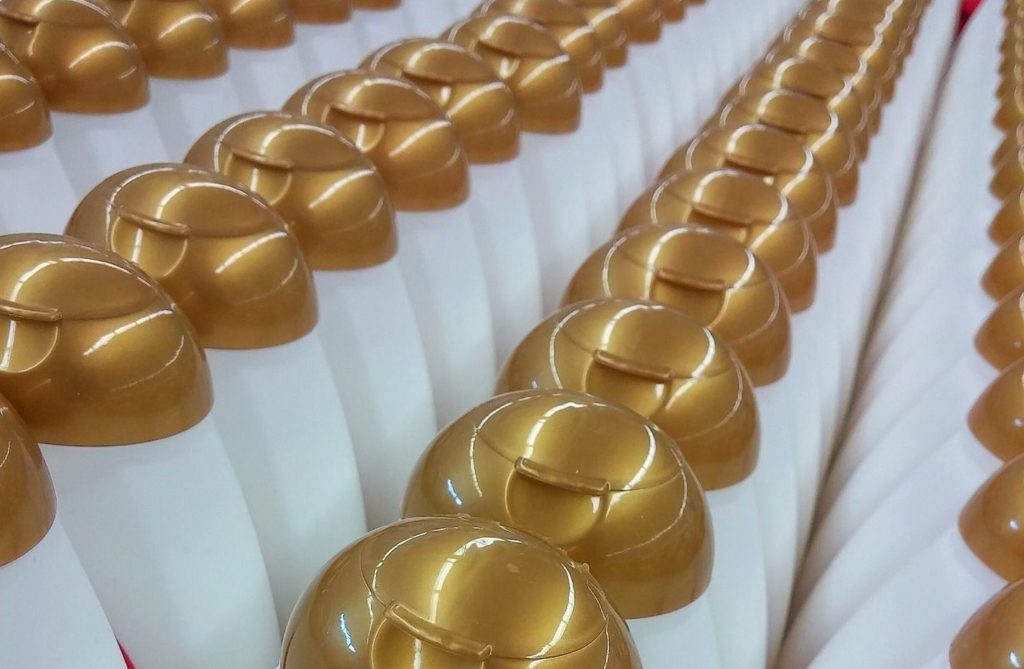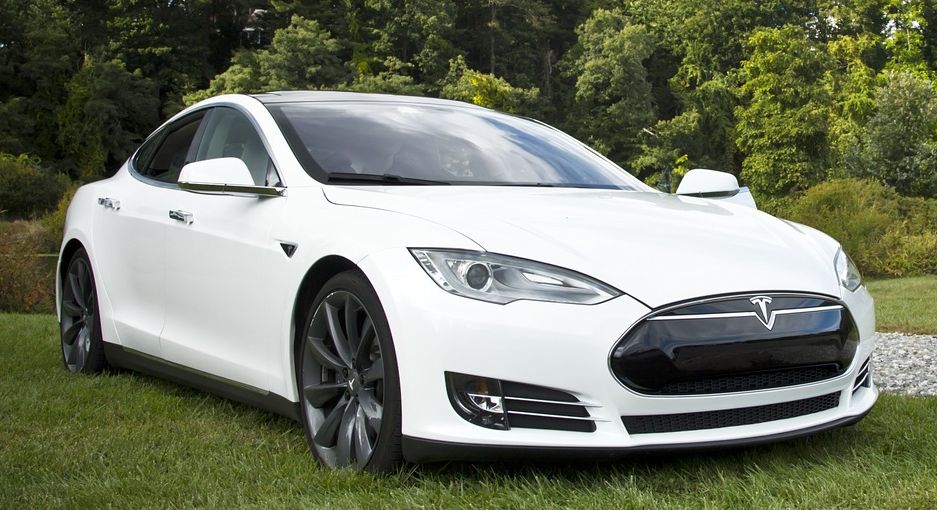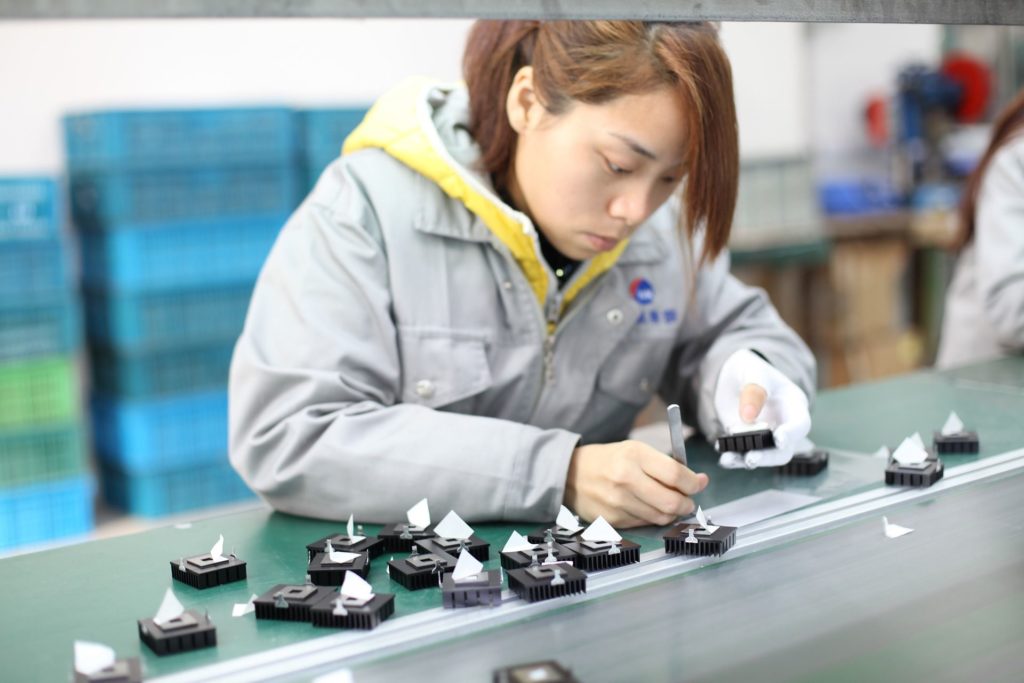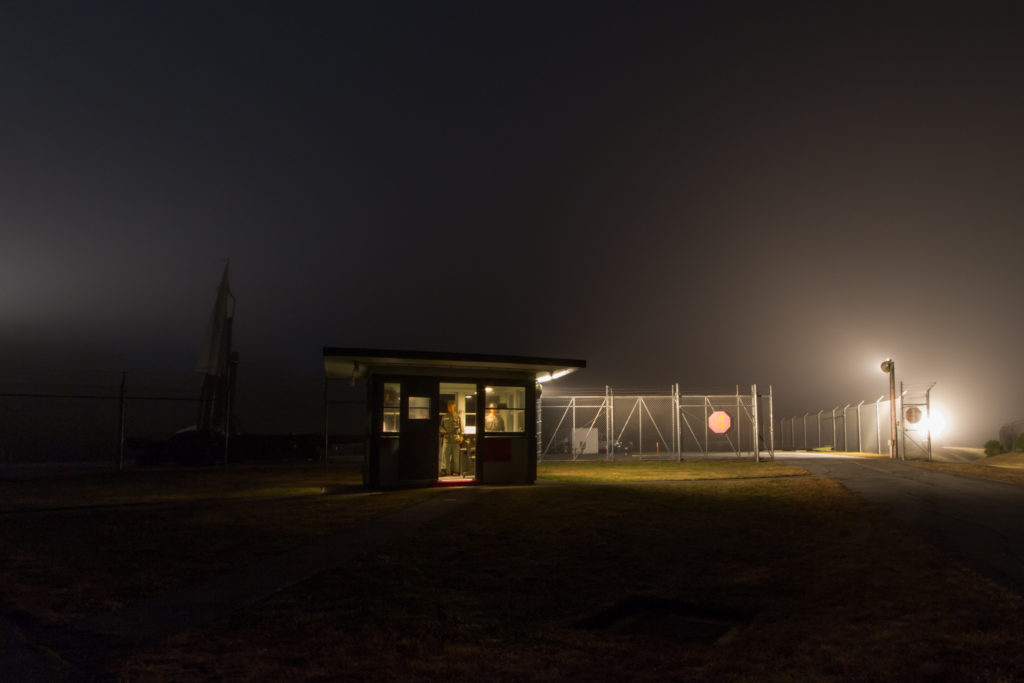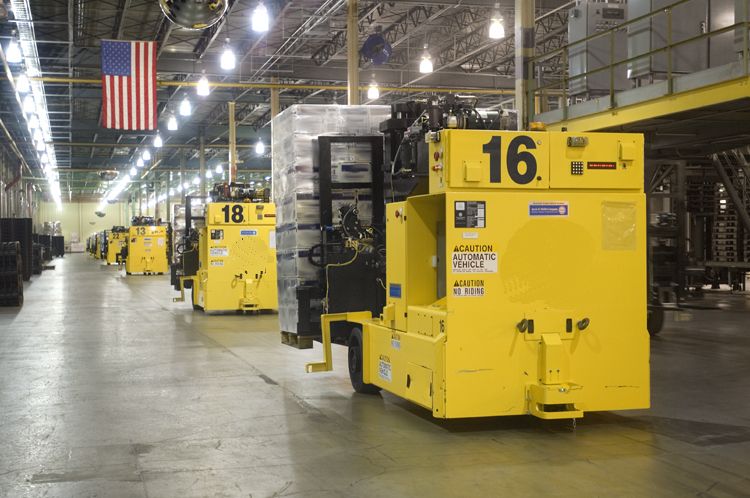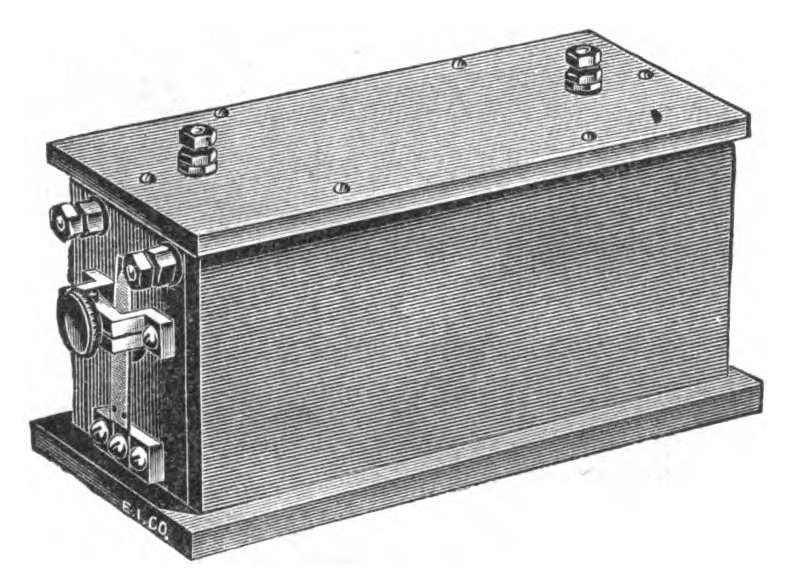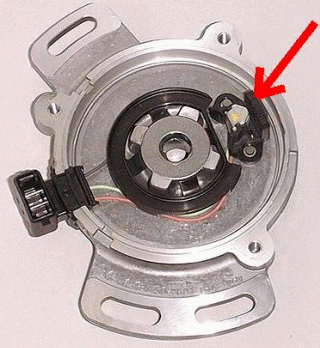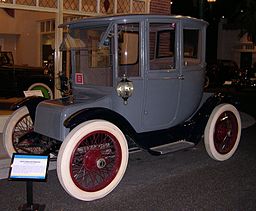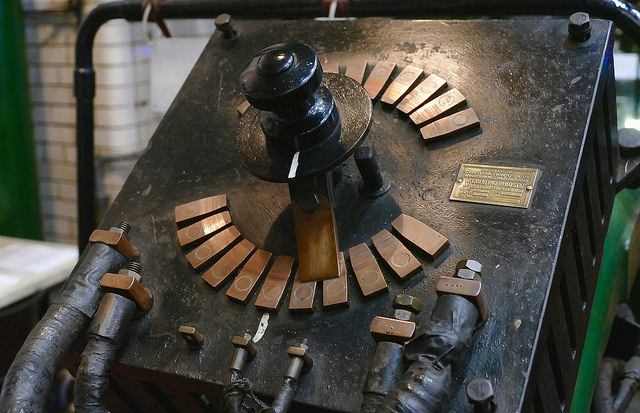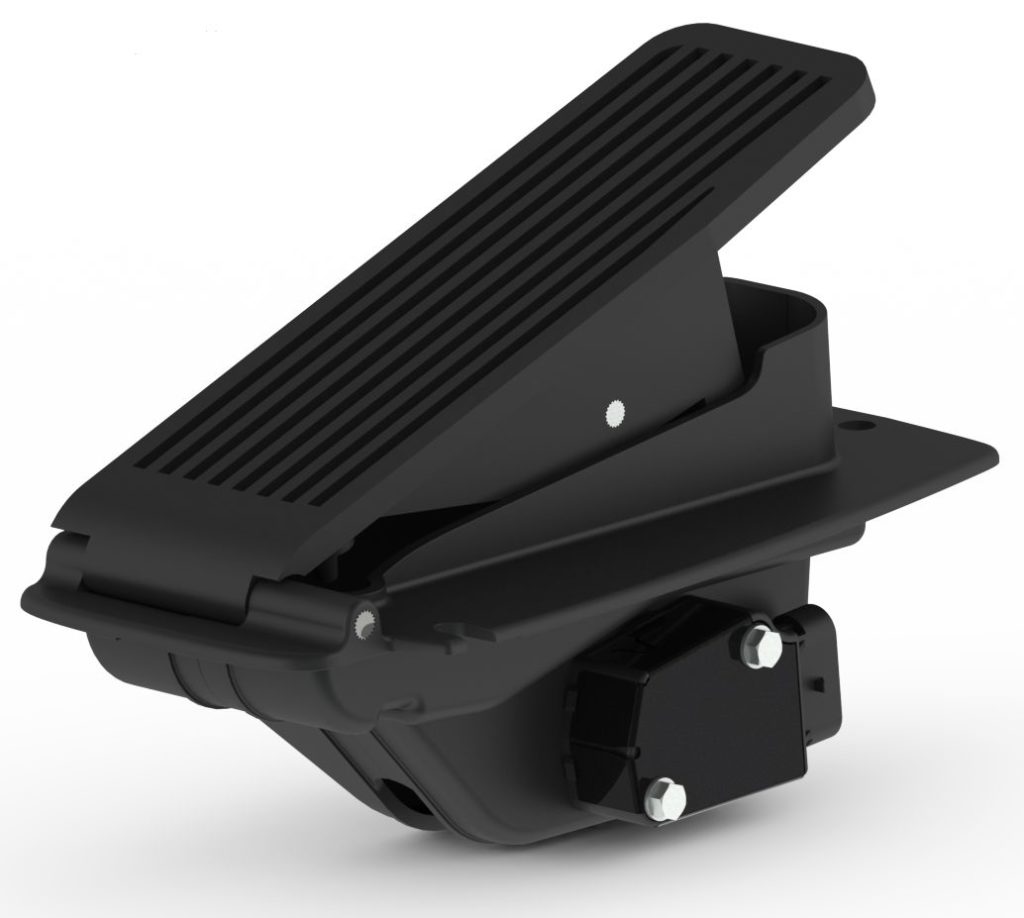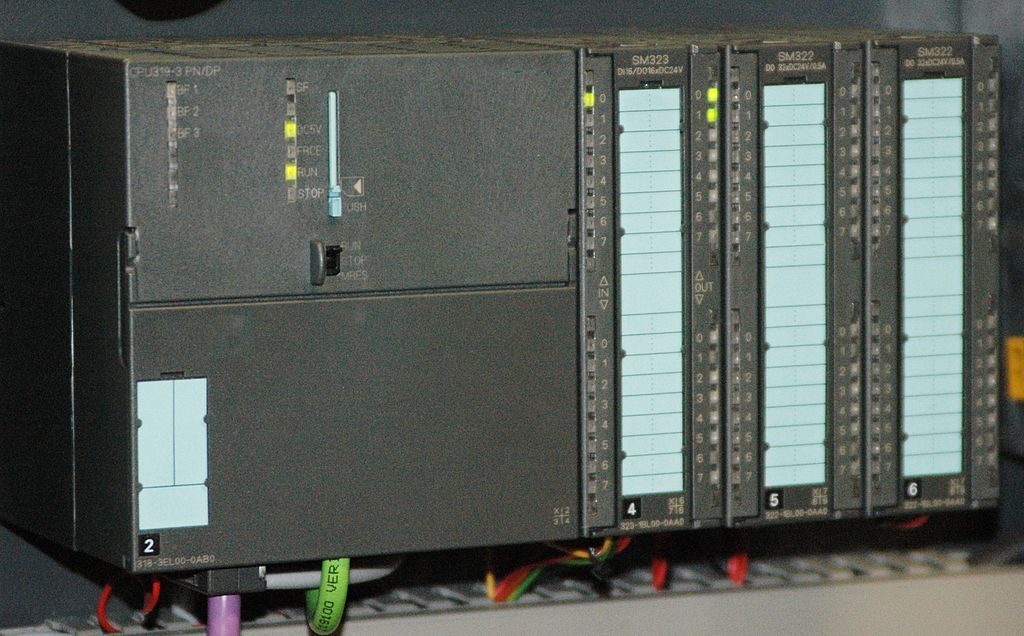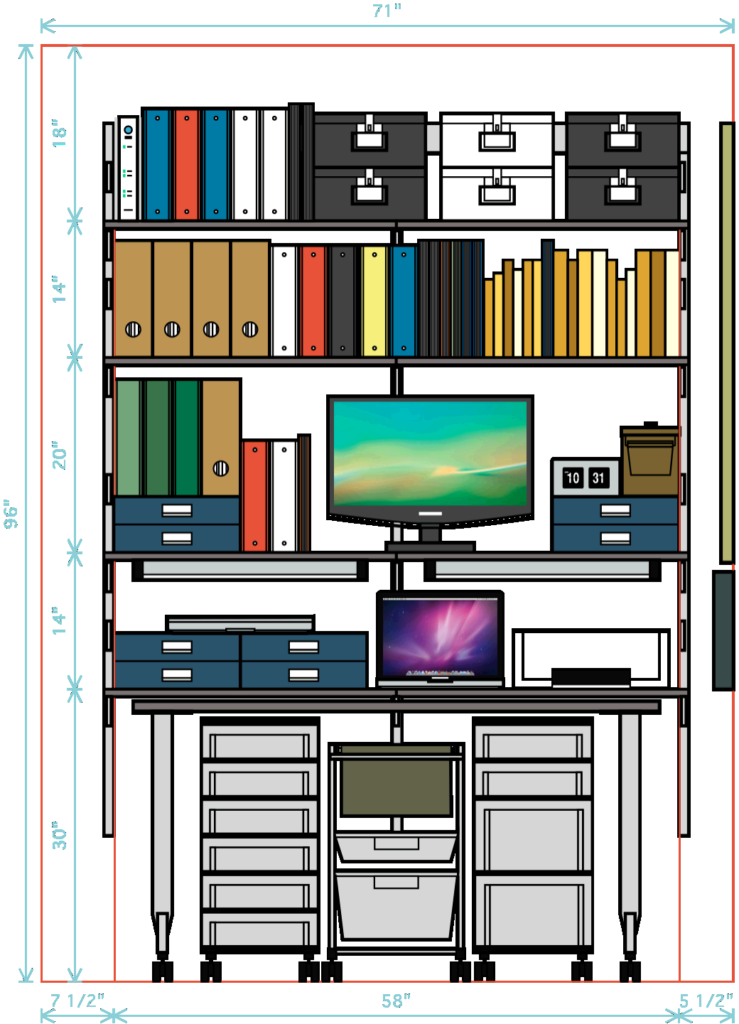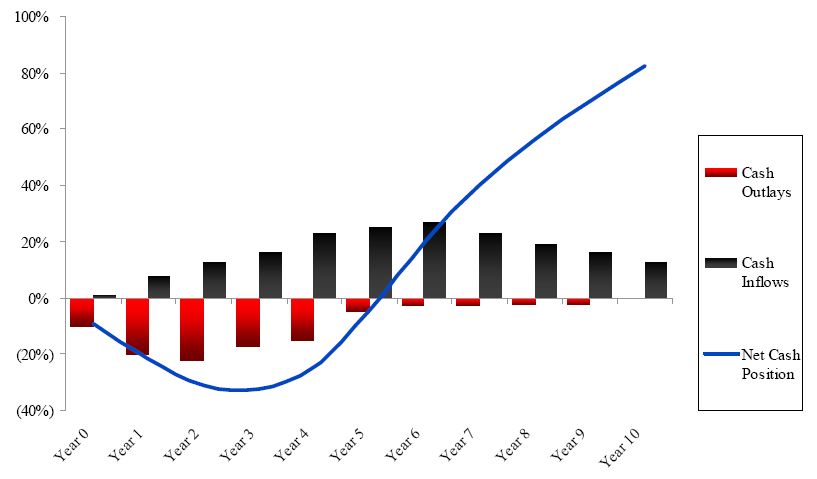1000 to Flight
We live in a world where the investors want instant gratification. This translates into pressure upon company managers to achieve results quickly. The longer term managers quickly discover that this speed of results is only accomplished by players who can put 1000 to flight. As the investors want ever faster results, exhorting the team results in 1250 put to flight but it is the player who could put 1000 to flight that achieved the increase. This approach to increased results only works in the short term. Sooner or later the team no longer has a player who can put 1000 to flight. Even if they don’t jump ship to earn more per hour in fast food, the stress causes the most loyal to die of a heart attack. The current exodus at Tesla is a classic example.
Managers trying to run companies that became void of players who could put 1000 to flight looked off shore. Heck, places like India even speak English! At the turn of the century the economic climate in India was right to add this caliber of player to a remote team. At the same time, the completion of a undersea web of communication fiber optics made world wide teleworking possible
In my vehicle design field. The team of Indian engineers that successfully created the TATA Nano at a profitable $7000 selling price, would put to flight any of the 1000 or so vehicle design engineers that I know. The first managers who used this off shore teleworking strategy must have been ecstatic. Their success set off a gold rush. By the time one of my client companies jumped on the band wagon the bonanza was over. We did not understand how an engineering company with over 100 engineers could be so inept. It was revealed later that diploma mills were granting worthless credentials by turning a blind eye to the wide spread practice of hiring surrogates to take the engineering exams
The challenge of finding exceptional team players still remains. Companies with deep pockets like Google can acquire promising talent before the player has demonstrated an ability to put 1000 to flight. This is like finding a diamond in the rough.
Only a percentage of the promising “diamonds in the rough” that are obtained will turn into the shining gems that succeed in putting 1000 to flight. Most companies do not have the deep pockets needed to accomplish a sorting task like that. As the baby boomers retire, it is possible to add a proven seasoned player back onto the company team. Yes, they may only agree to work part time, but, if you have two such players on the task, the bible points out that 10,000 will be put to flight.


